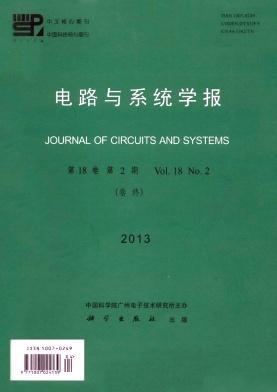Fingerprint recognition algorithm development using directional information in wavelet transform domain
引用次数: 10
Abstract
In this paper, a fingerprint recognition algorithm is suggested. The algorithm is developed based on the wavelet transform, and the dominant local orientation which is derived from the coherence and the gradient of Gaussian. By using the wavelet transform, the algorithm does not require conventional preprocessing procedures such as smoothing, binarization, thinning and restoration. Computer simulation results show that when the rate of Type II error-incorrect recognition of two different fingerprints as identical fingerprints-is held at 0.0%, the rate of Type I error-Incorrect recognition of two identical fingerprints as different ones-turns out as 2.5% in real time.基于小波变换域方向信息的指纹识别算法开发
本文提出了一种指纹识别算法。该算法基于小波变换,利用高斯的相干性和梯度得到的优势局部方向。通过小波变换,该算法不需要常规的预处理程序,如平滑、二值化、细化和恢复。计算机仿真结果表明,当第二类错误率(即将两个不同的指纹误识别为相同指纹)保持在0.0%时,第一类错误率(即将两个相同的指纹误识别为不同指纹)实时为2.5%。
本文章由计算机程序翻译,如有差异,请以英文原文为准。
求助全文
约1分钟内获得全文
求助全文

 求助内容:
求助内容: 应助结果提醒方式:
应助结果提醒方式:


